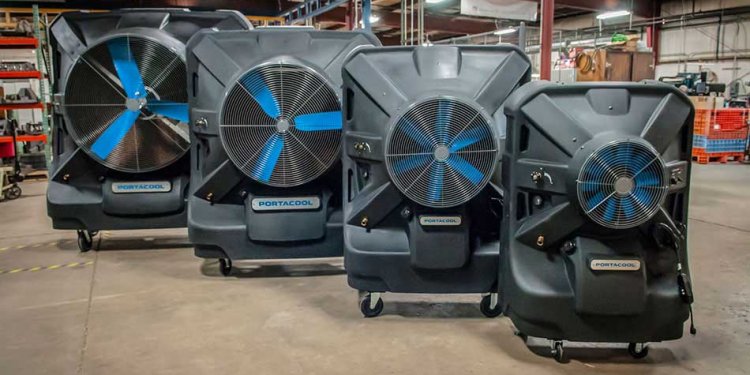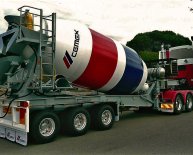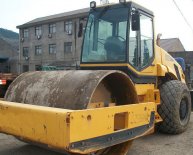
Types of Pallet Jacks
Choosing a Pallet Jack
Pallet jacks are truly the unsung workhorses of the warehouse. These pallet transporters get used and abused on a daily basis, but as a testament of their usefulness, dock workers and warehouse employees return to them over and over again, day in and day out.
Choosing a pallet jack is a relatively straight forwarded process that can be summed up in 3 easy steps.
Step 1: Decide on the Pallet Jack Type
Low profile pallet jacks have the same basic features of the standard pallet jacks but with a lowered fork height of 2” and a raised fork height of 5¼”. Low profile models were designed for use with low clearance or disposable pallets. The capacity of the standard units is an industry standard 5500# while the low profile models can hold up to 4400#.

Step 2: Determine the Width Required
Measure inside to inside of the outer pallet stringers of your pallets. Select the width that gives you at least 1” clearance on either side of the forks.
Step 3: Determine the Fork Length Required
If pallets are all one size select the pallet truck fork length which matches the stringer length. If pallet sizes vary, select the longest fork length to accommodate the longest pallet.
Other special pallet jack types are also available for additional utility and functionality.
(see below)
Specialty Pallet Jacks
Several pallet jack types are also available for more specialized uses. Some of these jacks and their benefits are listed below.
Lo-Profile Pallet Jacks – These pallet jacks are specially designed so that their lowered fork height is only 2″ off the ground. Although their total capacity is less than a standard pallet jack, the lower fork height can be very useful for some.
Pallet Jacks for Corrosive and Sanitary Environments – Galvanized, Zinc, Chrome Plated, or Stainless Steel- These trucks are designed for corrosive or wet environments Typically, they can be found in pharmaceutical, medical, food and otherwise wet settings. These types of pallet jacks will last a long time in harsh environments.
Wheel Nose/Snub Nose Pallet Jacks – This design is for positioning pallets or skids closely in a row. The fork end is set back from the front rollers allowing for one pallet pick up at a time.
Pallet Jacks with Built-in Scale – This design allows you to weigh your load on the spot. The scale is selectable in a variety of increments to adjust to the size of your load. It’s digital filtering option is used to help compensate for vibration. Also available with a printer.
Sidewinder Pallet Jack – This design makes it easy to transport long loads down narrow aisles. When the forks are placed into the pallet and elevated approx. 7 inches, the handle will rotate and actuate the second set of rollers (right/left). The pallet truck can then be pushed perpendicular to the traditional direction.
All Terrain Pallet Jack – This is a newcomer to the pallet jack family, but has been adopted rapidly by professionals who haul pallets over rough surfaces. Commonly, landscape companies use these to transport skids full of fill material or sod. These units are also available as motorized all terrain pallet trucks.

















